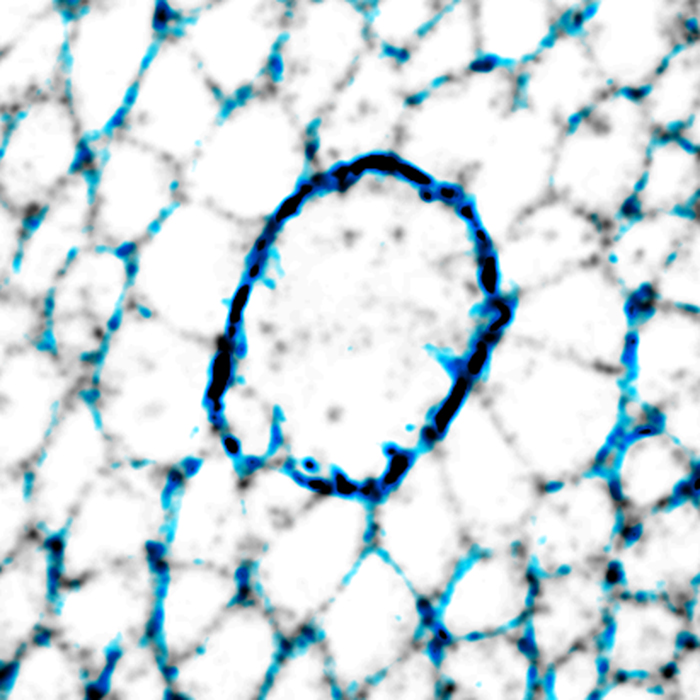Interview with Rob Tetley
What got you into science?
I think I’ve been interested in the natural world as far back as I can remember. As a child I used to insist on watching all the wildlife documentaries on TV and pretty quickly came up with the romantic notion that I would end up as a wildlife film maker. However, I soon discovered when I went to university that animal behaviour and ecology were not topics that particularly interested me! Fortunately, I discovered developmental biology pretty quickly and that set me on the route to where I am now.
Tell us about your professional journey to the LMCB
I did an undergrad degree in Zoology at Nottingham where I discovered my love of developmental cell biology. Coming to the end of my studies, I couldn’t make up my mind whether to pursue a PhD or to apply to graduate schemes to become an actuary, so I decided to take a year out to decide. Due to a combination of the financial crisis and realising that academia was where my heart lay, I did a masters in developmental cell biology at Sussex University to get myself back in the academic frame of mind. I was then lucky enough to be accepted onto the Wellcome Trust PhD program in developmental biology at the University of Cambridge. I had a fantastic time doing my PhD with Bénédicte Sanson, working on the interaction between tissue compartmentalisation and morphogenesis, which convinced me to do a postdoc. I had always been a fan of Yanlan’s work and luckily she started her lab and was advertising for postdocs towards the end of my PhD – and here I am!
What’s keeping you busy in lab these days in the lab?
I’m investigating how mechanical forces contribute to wound healing using the fruit fly wing disc as a model system. Using a multidisciplinary approach (live imaging, fly genetics, biophysical manipulations, quantitative image analysis and collaborating with mathematical modellers) I’ve recently demonstrated that a reduction in tissue tension can fluidise healing tissues, allowing them to heal faster (fingers crossed this story should be accepted fairly soon!). I’m now working on a project with Filippos in the lab, trying to understand how mechanical forces drive wound closure in 3 dimensions. I’ve also just embarked on a project with Natalie in the lab – watch this space for more info!
How and where do you see yourself in 5 years?
At the moment my plan is start my own group somewhere, to continue looking at how epithelial mechanics influence tissue repair. I’ve started the daunting task of applying for independent positions, although it’s been great having the opportunity to come up with ideas that are completely my own, which I’m really proud of. I’m really excited about the work I’m proposing, so hopefully I can find somewhere that’s a good fit.
What do you do for fun?
My hobbies mainly revolve around sports or music. I’m a keen (but not particularly fast) endurance event participant; things like triathlons, open water swims and marathons. I’m also a huge music fan; both taking part (I dabble in singing and playing the piano and bassoon) and going to gigs when I can afford it!
 Close
Close


